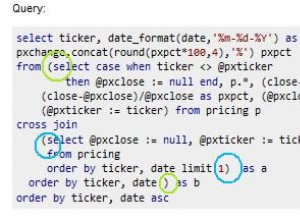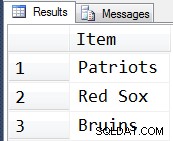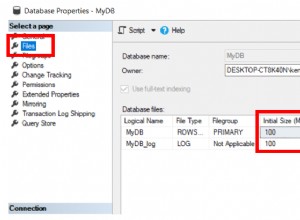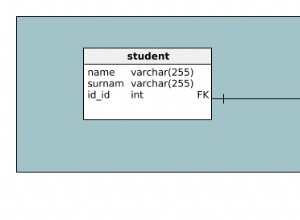#!/usr/bin/perl
use warnings;
use strict;
use LWP::Simple;
use HTML::TableExtract;
use Text::CSV;
my $html= get 'http://192.68.214.70/km/asps/schulsuche.asp?q=a&a=20';
$html =~ tr/\r//d; # strip carriage returns
$html =~ s/ / /g; # expand spaces
my $te = new HTML::TableExtract();
$te->parse($html);
my @cols = qw(
rownum
number
name
phone
type
website
);
my @fields = qw(
rownum
number
name
street
postal
town
phone
fax
type
website
);
my $csv = Text::CSV->new({ binary => 1 });
foreach my $ts ($te->table_states) {
foreach my $row ($ts->rows) {
# trim leading/trailing whitespace from base fields
s/^\s+//, s/\s+$// for @$row;
# load the fields into the hash using a "hash slice"
my %h;
@h{@cols} = @$row;
# derive some fields from base fields, again using a hash slice
@h{qw/name street postal town/} = split /\n+/, $h{name};
@h{qw/phone fax/} = split /\n+/, $h{phone};
# trim leading/trailing whitespace from derived fields
s/^\s+//, s/\s+$// for @h{qw/name street postal town/};
$csv->combine(@h{@fields});
print $csv->string, "\n";
}
}




